
Michel Roux Jr.  Mary berry
Mary berry
raymond blanc  gregg wallace
gregg wallace
yotam ottolenghi  antonio Carluccio
antonio Carluccio
valentine warner  ainsley harriott
ainsley harriott
john torode  clarissa Dickson wright
clarissa Dickson wright
Angela hartnett  richard corrigan
richard corrigan
matt tebbutt  james martin
james martin
gary rhodes  jason atherton
jason atherton
with
Blanche Vaughan




Our nation produces the best ingredients in the world. This inspiring book is a celebration of Britains heritage varieties and native breeds that deserve to be cooked with pleasure and eaten with great relish.
Britains larder has so much to offer, more flavour and taste than any cheap imports, and 16 of the best chefs in the country have joined forces to champion our amazing home-grown food. They have written recipes that make the most of our fabulous British ingredients.
In this cookbook Michel Roux Jr. returns to where he grew up in Kent to celebrate pears; Mary Berry shows us how indispensable fresh herbs are in both sweet and savoury dishes; Raymond Blanc picks plums to dry and marinate with pork and to preserve for the winter in spicy chutneys; Gregg Wallace reminds us of the pleasures of beautiful rhubarb, showing us how many savoury dishes we can make before we even begin to think of sweet; Yotam Ottolenghi gives a Middle Eastern twist to the walnut and covers the cobnut in creamy, crumble glory; Antonio Carluccio surprises us with the versatility of beetroot in souffls and puddings; Valentine Warner picks cockles and mussels fresh from our shores and gives us his luxurious and warming version of moules marinire; Ainsley Harriott pods fresh peas to make vibrant salads and colourful mash-up; John Torode champions beef to ensure our native rare breeds are pulled back from the brink of extinction; Angela Hartnett works her magic on turkey, showing us how to use it beyond Christmas; Richard Corrigan speaks out for the wonderful flavour of mackerel and shows us how to home-smoke our own; Matt Tebbutt finds fabulous ways with currants, teaming this jewel-like fruit with wild duck and with a home-made whisky cordial; James Martin takes us beyond hens eggs to share the taste of cooking with duck and quail eggs; Gary Rhodes teaches us how to cook his famous cherry clafoutis and finally, Jason Atherton gives us many reasons to love the sophisticated versatility of cabbage.
Now its up to us to choose these wonderful ingredients, to grow or buy them and to cook with them. Be inspired by the recipes from these celebrated chefs. Get creative in the kitchen and enjoy our nations abundant resources.


The pear is a wonderful and versatile fruit. There are pears for cooking and pears for eating raw, and they can be used in a huge variety of dishes. They are wonderful in salads, where their sweetness contrasts with bitter leaves and salty blue cheese such as Roquefort or Stilton. Italians eat thin slices of pear with pecorino cheese and honey. Pears also taste fantastic with rich meat such as beef, duck or game. In winter, they can be made into cheering, colourful puddings; pears poached in red wine or cooked with sweet Marsala and served with rich cream or baked in tarts with almonds or walnuts. They can even be used for drinks such as pear brandy, pear liqueur or the bubbly pear and Prosecco cocktail on page 18.
The Victorians enjoyed over 600 varieties of pear; now the supermarket shelves limit us to a handful of varieties and, of those, very few will be British. The sad truth of pears today is that 90% of the UKs orchards have been pulled up for development or for other types of agriculture and now 80% of the pears we buy are imported.
However, dedicated British producers are working hard to make the British pear available for more months of the year and to bring back a selection of heritage varieties. The Conference pear will always be popular for its grainy texture, juiciness and versatility in being good for cooking and eating raw. But another pear to look out for is the Black Worcester, with a mahogany skin and russet freckles. Pured or baked, it is a perfect cooking pear. Or perhaps, intrigued by the names, you might enjoy the different flavours and textures of Winter Nellis and Louis Bonne of Jersey.
Other pears that need our support are Perry, or Hartpury pears, which hail from the three counties of Worcestershire, Herefordshire and Gloucestershire. These are the pear varieties used to make Perry and Perry cider. But the commercially produced pear cider we drink today isnt even made with Perry pears; eating pears are used instead because they are sweeter. So to preserve the remaining Perry orchards we need to look out for drinks made with the Perry pear.
Whether its eating fresh, cooking with pears or enjoying a glass of Perry, its time to support these dedicated pear farmers who are resurrecting our heritage varieties. When you have the option to buy British, do so, and try eating different varieties to discover the special characteristics of each one. A British pear in season will always be more enjoyable than an imported pear at the wrong time of year.

Pears are a well-known accompaniment to cheese but this recipe takes it to another level. Cooking pears in red wine and spices is a classic dessert that I love and only surpassed by serving them as a sophisticated, classy starter that is actually very easy to achieve.Perfect with blue cheese of your choice but equally as good with mature hard cheese such as pecorino, Cantal or even Cheddar. Most good delis will stock pistachio oil but if you cant get your hands on some, then a drizzle of strong extra virgin olive oil will work a treat. Choose a slightly firm Williams or Cornice for this recipe and for a really deep red wine colour, cook the pears a couple of days in advance and keep in the fridge until needed. Michel Roux Jr.


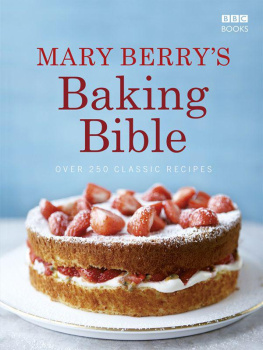


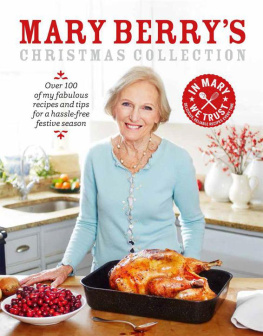
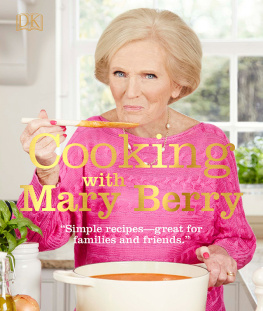
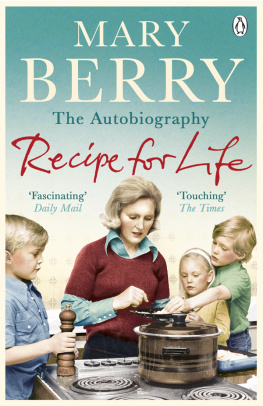
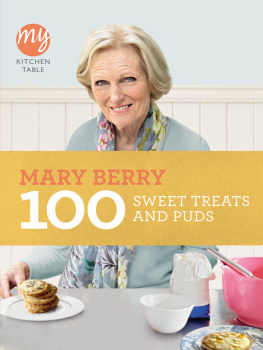


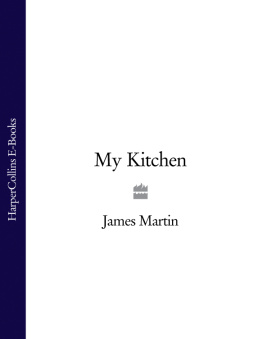

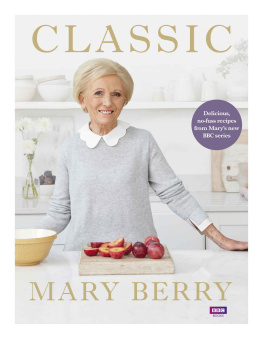

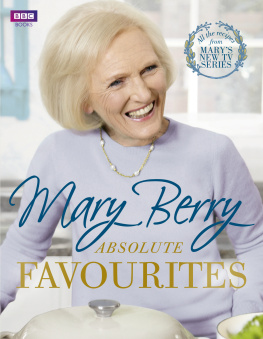
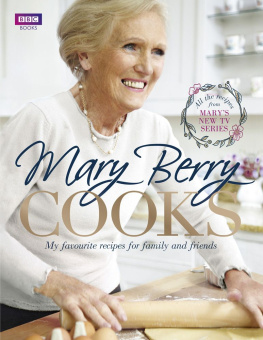

 Mary berry
Mary berry





